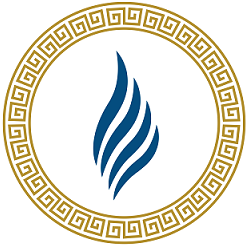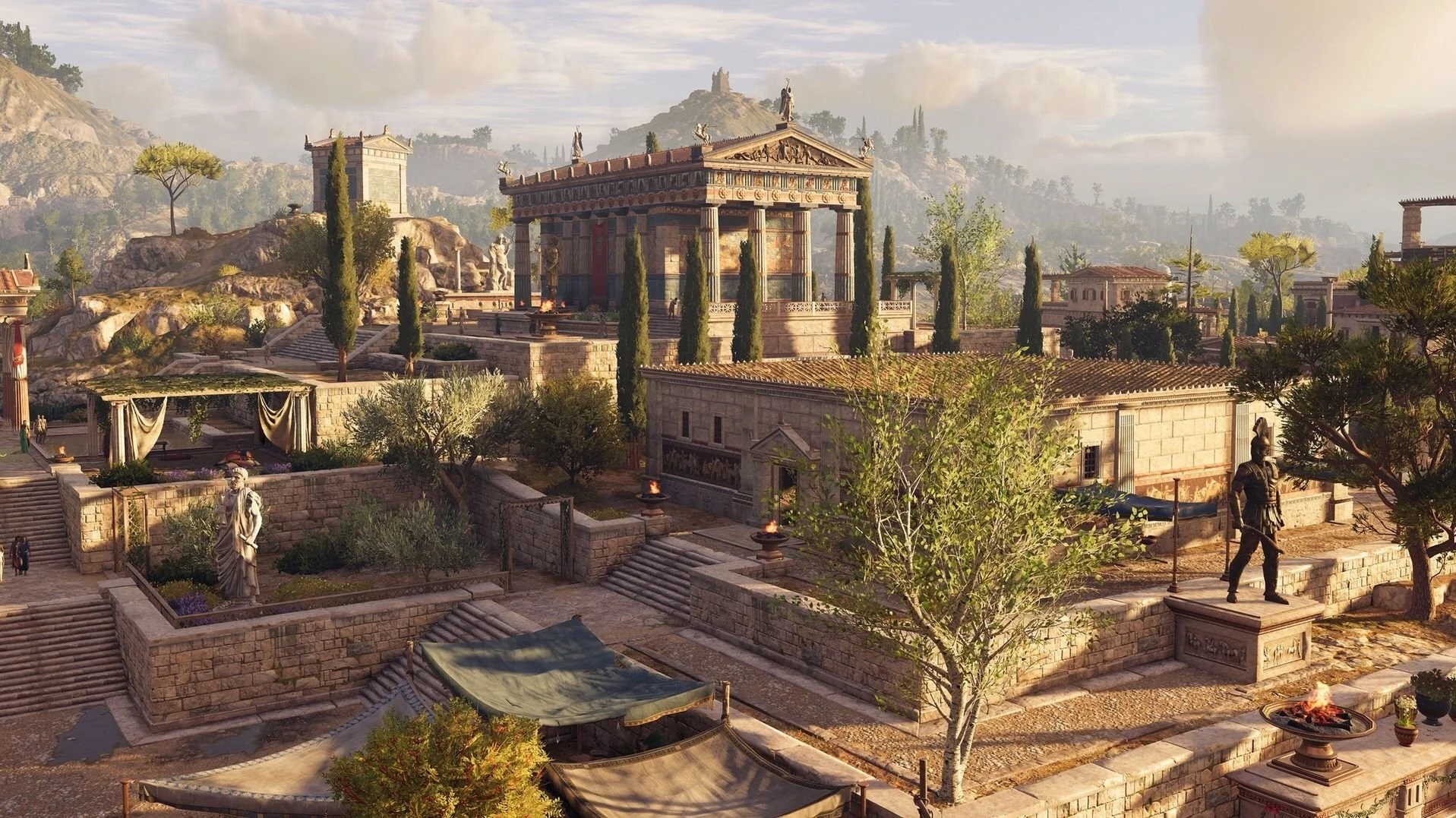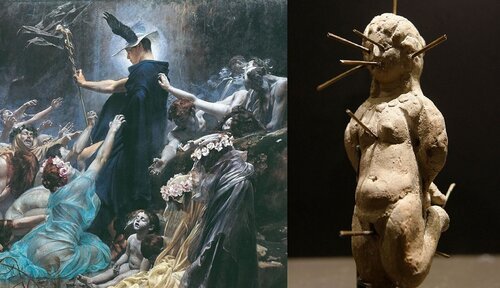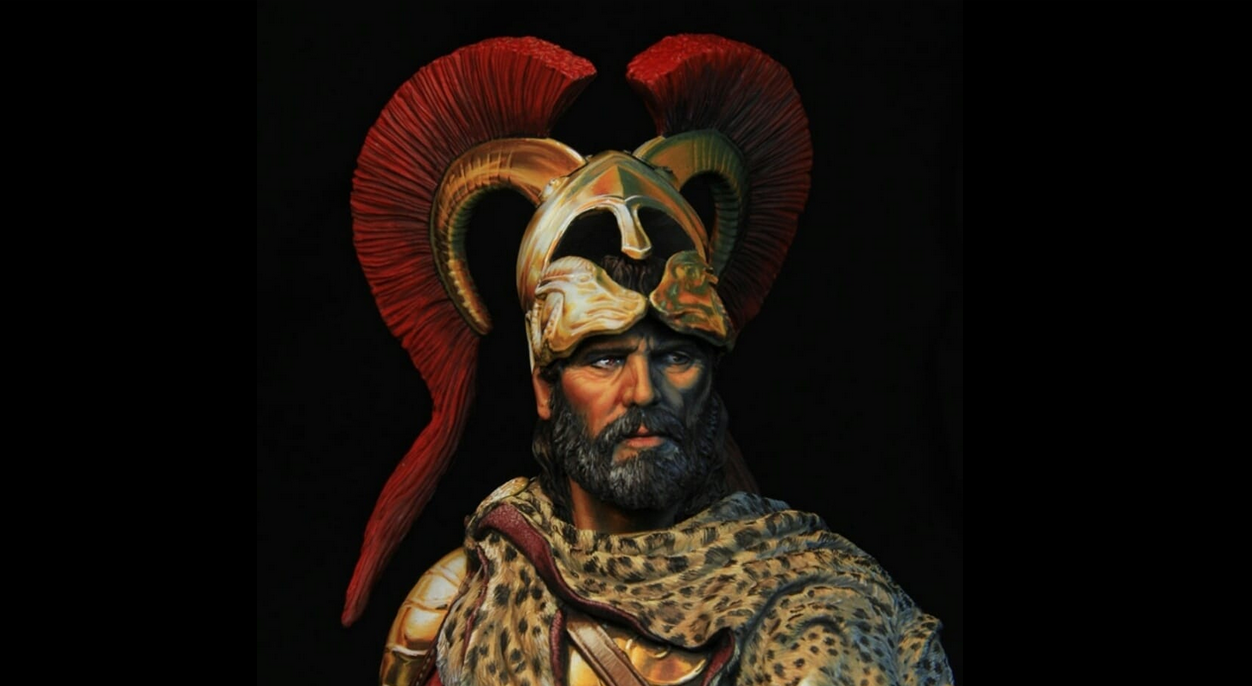The ancient Greeks were able to exchange information without much effort and in a short time, both in war and in peacetime. With their inventive minds, they had managed to design a system of mechanisms that allowed them to transmit any message to the final recipient.
The first plan of the Greeks for the transmission of information is the use of day runners. They were people who were known for their running skills and they trusted them to transmit messages in a short time.
The most famous day runner to go down in history was Pheidippides, who ran without stopping from Athens to Marathon and then back to Athens with the news of victory and died of exhaustion. From his sacrifice and achievement comes the name of the modern Marathon races.
The day runners had gained so much prestige and social standing that temples were dedicated to them (for example Talbythos runner of Agamemnon, to whom the Spartans dedicated a temple). Some of the runners may have been on horseback, especially if they traveled long distances.
This was the original form of the runner’s system, which was expanded and improved over time by the establishment of stations where the messengers changed their horses and also rested or another messenger would take their place.
Loudspeaker
Alexander the Great was the first to conceive the idea of reproducing sounds by the acoustic telegraph, which could transmit sounds through the air over great distances. It consisted of a tripod four feet high, from which extended a rope to which was attached a large round sound horn.
The Fryctories
Fire, and therefore light, was a basic requirement for getting the message across quickly and over long distances. The use of light signals was mainly used in war to convey the orders of superiors.
Optical signals could reflect a wide variety of information. Medea, for example, raised a burning torch and warned the Argonauts to hurry to Colchis. To transmit visual signals with heavy smoke it was necessary to erect special buildings in elevated places called fryctories.
For the light signals exchanged by the torches, both sides had agreed in advance on the translation of the messages. Scholars estimate that the first to use telecommunication towers to transmit messages was Hercules, who built the famous Pillars of Hercules in two cities in the Western Mediterranean, Avili and Kapli, which played the role of a lighthouse for passing ships.
One of the most famous examples of the transmission of news with fire signals was the news of the fall of Troy in the record time of one day, which was amazing for the time.
The message traveled from Troy to Hermes of Lemnos, from there to Mount Athos, to the peaks of Makistos in Evia, and to the peak of Kithairon. From there the message was transmitted to Lake Gorgoti, in Agiplangos (Megara) and then the light of fire crossed the Saronic Gulf and reached Arachneion near Mycenae and from there it was carried by day runners to the palace of Atreides.
Telegraph of Aeneas
Aeneas Tacticus combined the torches and technology so that the communication between the sender and the receiver contained clear information, such as "infantry with heavy weapons" etc. A basic requirement for the correct transmission of the message was that the hydraulic telegraphs were the same. Also, the ceramic pots should be the same size in width and depth.
The corks were of the same dimensions, on which were supported metal rods, divided into equal parts, three fingers each. There was a clear separation and on each rod were written the most important things that happened in the wars. Also, another basic condition for the correct reading of the message was that the holes of the vessels have the same diameter so that the same amount of water comes out.
Hydraulic telegraphs were always located at high altitude to achieve the best line of sight. The distance between two or more telegraphs was not constant, but it can be said that it was usually several kilometers. When everything was ready, the telegraph workers lit torches.
When one side wanted to transmit a message, they lowered the torch and at the same time, they opened the water drain. When the beam containing the information to be transmitted reached the mouth of the vessel, they closed the drain and raised the torch again. Then the people opposite closed the water drain and read the point where their own beam had stopped.
Alphabetical code
When the users of the hydraulic telegraph found it difficult to describe the information accurately, such as an indication of the numerical strength of the enemy, the time came when Kleoxenos and Demokletos introduced the "Pyrsia" or "optical telegraph". Its function was as follows: They first divided the alphabet into five parts of five letters each, which were written on tablets to be carried by the person with whom one wished to speak.
Before attaching the other components of the telegraph, it was agreed that the first torches - two in number - should be raised by the one who wished to announce something. The transmission of information would also begin when two torches were raised on the opposite side.
When all the torches were down, the one who wanted to say something would raise the first torch from the left, indicating to the receiver which plate he should look at. For example, if he raised the first torch, he signified the first sign, and so on. The second set of torches was used to indicate the letters that would form the word of the message. To better capture the alternating torches, users used appropriate binoculars.
To avoid errors, the person who was to raise or lower the torches was behind a makeshift wall with a typical height of ten meters. Since completing a message took time, users were forced to find the words with the fewest letters, but the sentence did not lose its information content.
In order to achieve correct and fast message transmission, the users of Pyrsia, who were citizens with excellent reading, grammar and spelling skills, were trained daily to become accustomed to the way of writing and transmitting messages. Over time, some people improved the optical telegraph by making some interventions in the original form and changing the letters on the plates to prevent the message from being intercepted.













